When it comes to office furniture, the traditional desk-and-chair setup has been the go-to arrangement for decades. But as we learn more about the impact of sedentary lifestyles on our health, it may be time to rethink this setup. Enter the standing desk—a versatile, ergonomic alternative that offers a multitude of benefits.
Health Benefits
Improved Posture
Switching to a standing desk can play a pivotal role in fostering better posture habits. When we sit for extended periods, the natural curve of our spine can be compromised, leading to potential musculoskeletal problems. A standing desk encourages users to maintain a more upright position, thus reducing the strain on the back and neck. According to a study published in the British Journal of Sports Medicine by Buckley et al. (2016), prolonged sitting can have adverse health outcomes, and the introduction of standing desks in the workplace has shown significant benefits in posture correction and discomfort reduction.
Furthermore, the dynamic nature of standing desks—allowing users to transition between sitting and standing—can alleviate some of the physical discomforts associated with sedentary work. Pronk et al. (2012) evaluated the impact of an intervention designed to reduce sitting time in workplaces. Their findings revealed that the use of sit-stand workstations led to notable reductions in back and neck pain among participants. This idea is further supported by Karakolis and Callaghan (2014), who emphasized in their review that transitioning between postures can specifically target and relieve discomfort in the back and neck regions.
Moreover, there's a misconception that standing desks might hinder productivity. However, a study focusing on call center workers by Chau et al. (2016) dispelled this notion. The results showed that workers who used sit-stand desks not only reduced their sitting time but also maintained their productivity levels. Additionally, these workers reported enhanced comfort and improved posture. In light of these findings, it becomes evident that integrating standing desks into workplaces can be a beneficial move for both health and efficiency.
Caloric Burn
Standing burns more calories than sitting. While the calorie difference between the two postures might seem minor, it accumulates significantly over extended periods. A study by Reiff, Marlatt, & Dengel (2012) in the Journal of Physical Activity & Health directly compared the caloric expenditure of sitting versus standing and confirmed that standing indeed burns more calories. Integrating periods of standing into your workday not only promotes better posture but could also be a valuable addition to weight management or weight loss strategies.
Reduced Risk of Health Problems
Prolonged sitting has been linked to a myriad of health concerns, including increased risk of heart disease, diabetes, and obesity. According to Owen et al. (2010) in Exercise and sport sciences reviews, prolonged sedentary behavior is a significant contributor to these health risks, emphasizing the importance of periodic movement for better health outcomes. Introducing a standing desk into one's workspace offers a convenient solution to disrupt long periods of sitting, potentially mitigating these associated risks.
Increased Productivity
Better Focus
Some people find that standing helps them concentrate better. The upright position may make it easier to maintain a state of alertness and attentiveness, leading to increased productivity.
Enhanced Collaboration
Standing desks make it easier to move around and collaborate with colleagues. When you're already standing, walking over to a co-worker's desk or engaging in a quick brainstorming session becomes more fluid and natural.
Variety and Flexibility
Many standing desks are adjustable, allowing you to switch between sitting and standing. This flexibility can make your workday more dynamic, reducing fatigue and promoting productivity.
Cost-Effectiveness
Initially, standing desks can be more expensive than their traditional counterparts. However, the potential for improved health can offset these costs in the long run. Reduced medical bills and increased productivity can make standing desks a worthwhile investment for both individuals and companies.
Final Thoughts
Adopting standing desks in your office can offer a fresh approach to workspace ergonomics. From health advantages to increased focus and collaboration, the benefits are substantial. Although standing desks might not suit everyone, they certainly warrant consideration when reevaluating how our work environments impact our well-being. For those looking for a variety of options, check out our office desks collection.











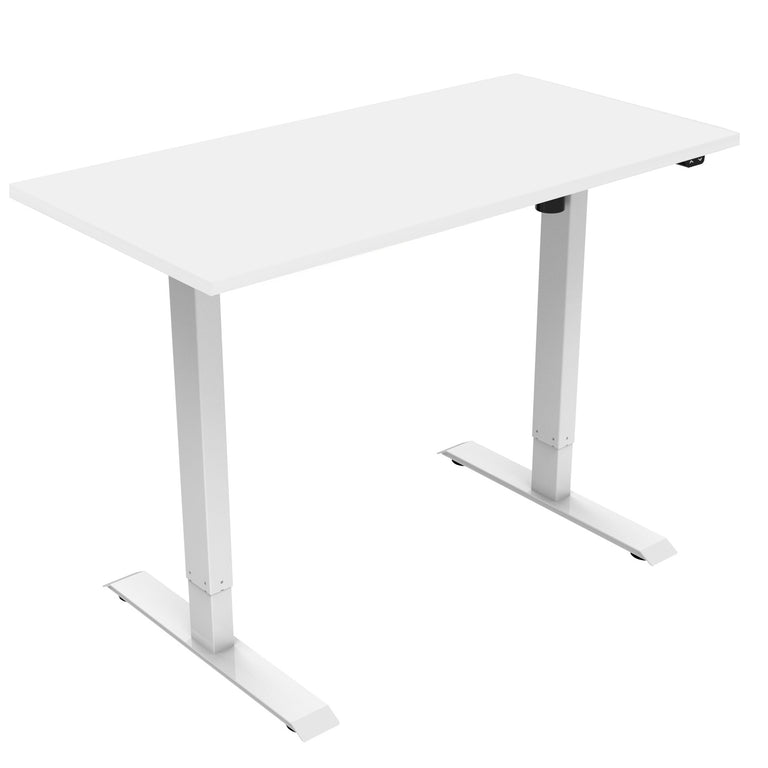

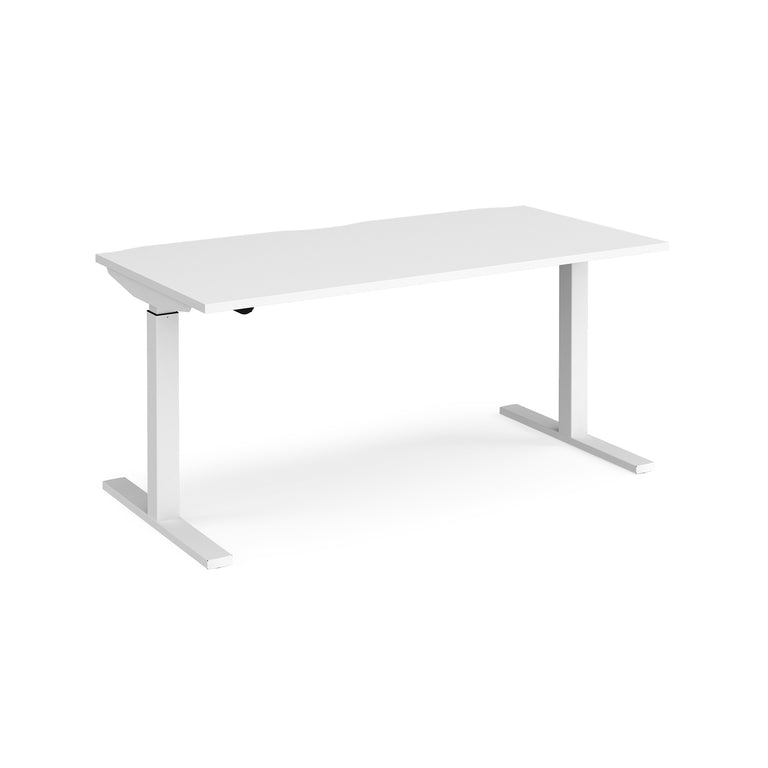
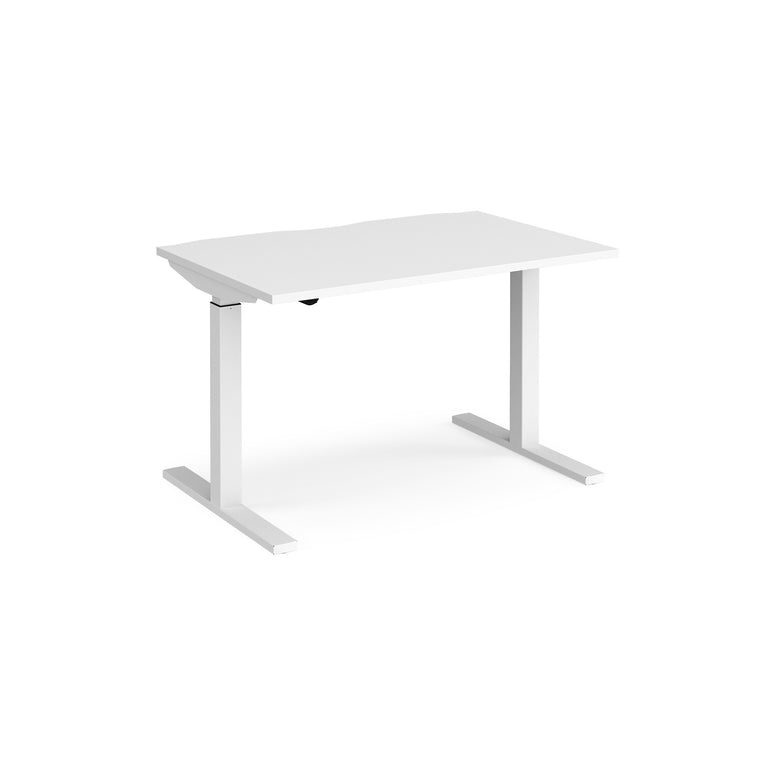






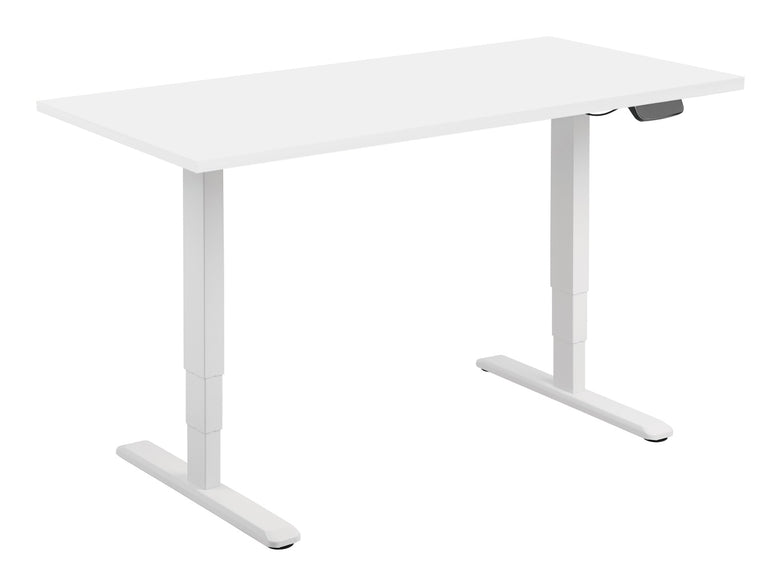
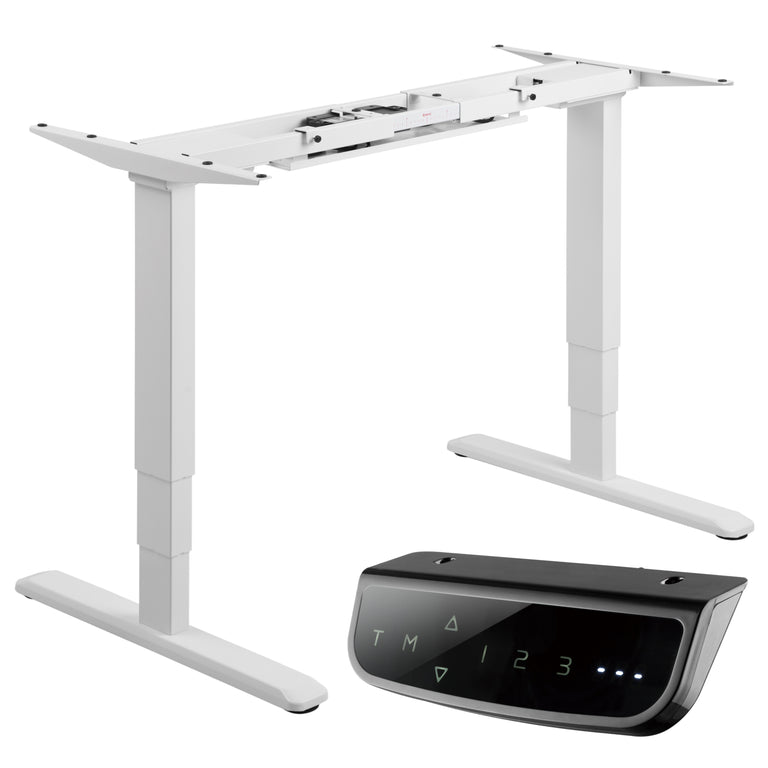
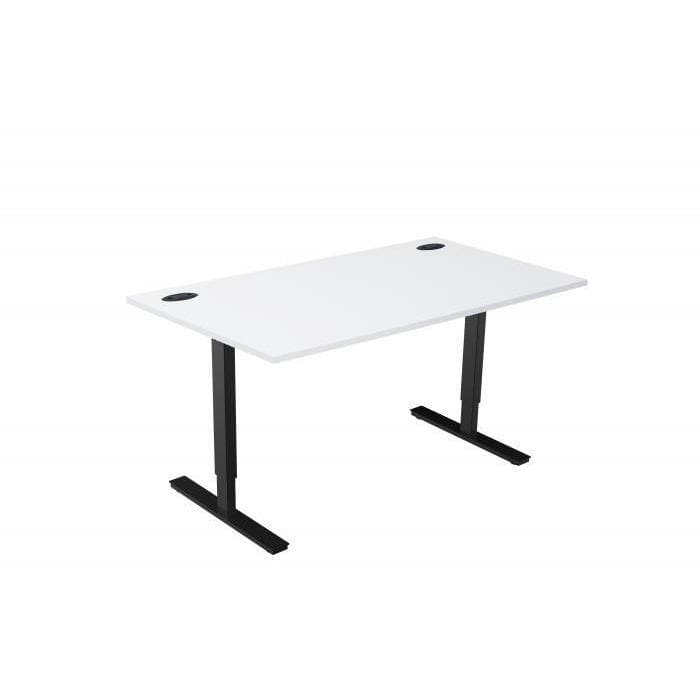







1 comment
I didn’t realize there was actually so much research put into standing desks.